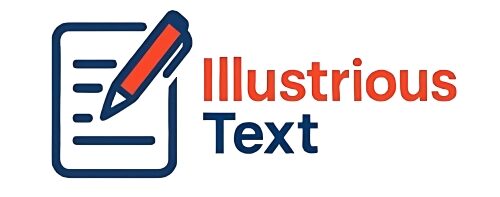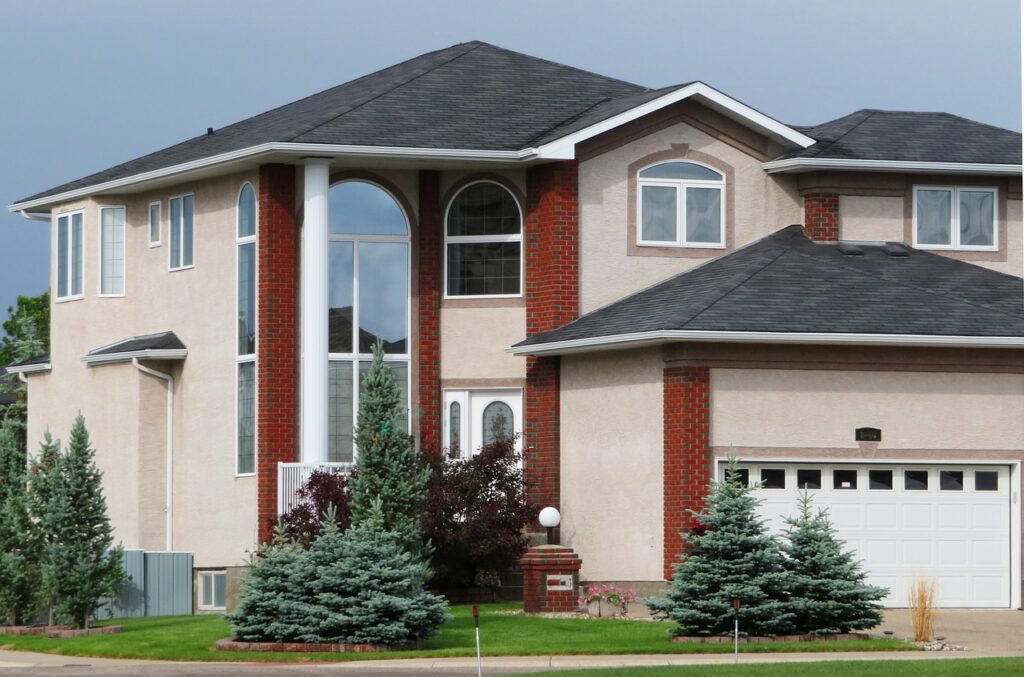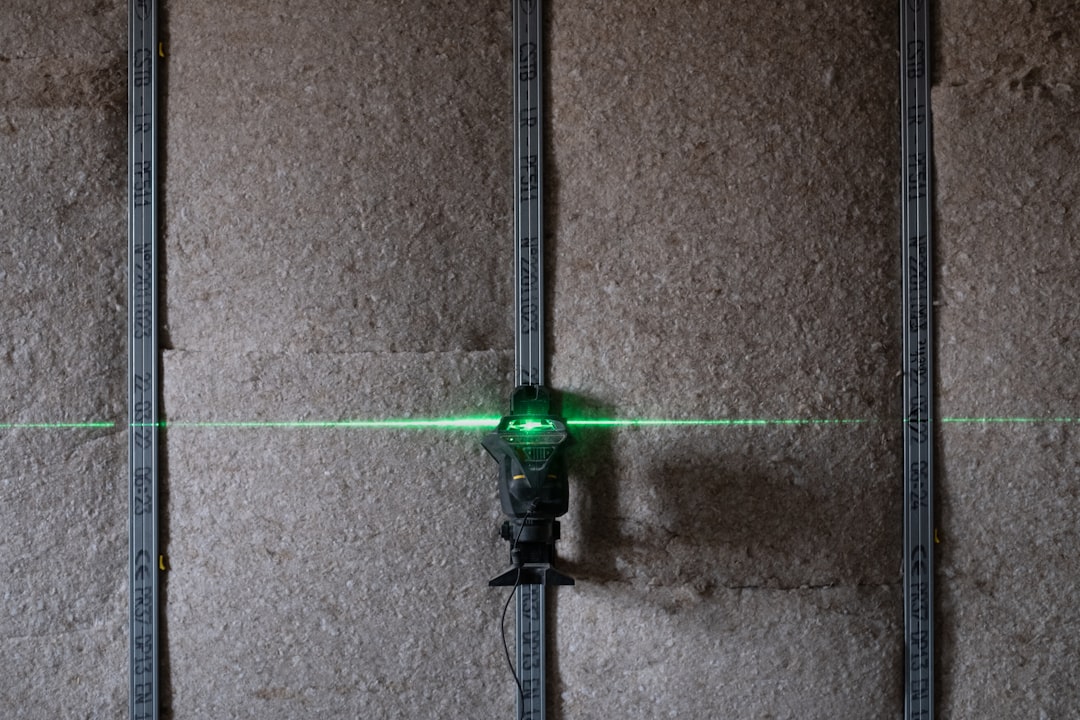Home improvement projects can significantly enhance the comfort and value of your home. However, funding these projects can be a challenge for many homeowners. This is where a home improvement mortgage comes into play. This financial option allows homeowners to borrow money specifically for renovation and improvement projects. Understanding how this type of mortgage works can help you make informed decisions about your home’s future.
A home improvement mortgage typically allows you to borrow against the equity in your home or take out a new loan that covers the cost of renovations. This type of financing can be particularly beneficial when you need to make significant upgrades, such as a new roof, kitchen remodel, or even adding an extension. By leveraging the equity in your home, you can secure funds at potentially lower interest rates compared to personal loans or credit cards.
One of the key advantages of a home improvement mortgage is the ability to finance larger projects without depleting your savings. Many homeowners may find themselves in a position where they want to renovate but are hesitant to use their savings. With a mortgage tailored for home improvements, you can spread the cost over a longer period, making it more manageable.
When considering a home improvement mortgage, it is essential to assess your current financial situation. Lenders will typically evaluate your credit score, income, and existing debt before approving a loan. A strong credit score can lead to better interest rates and terms, making it crucial to check your credit report beforehand. If your credit score is less than ideal, it may be worth taking steps to improve it before applying for a mortgage.
In addition to the financial aspects, it is vital to have a clear plan for your home improvement project. This includes setting a realistic budget and timeline. Knowing exactly what you want to achieve can help you communicate effectively with lenders and contractors. Having detailed plans can also prevent unexpected costs and delays, ensuring your project stays on track.
Another important consideration is the type of home improvement mortgage that suits your needs. There are various options available, including fixed-rate loans, variable-rate loans, and even government-backed loans. Each type has its advantages and disadvantages, so it is advisable to consult with a mortgage expert to determine which option aligns best with your financial goals.
Additionally, many homeowners overlook the potential increase in property value that can result from renovations. Investing in home improvements can lead to a higher resale value, making it a wise financial decision in the long run. If you are planning to sell your home in the near future, consider focusing on renovations that offer the best return on investment, such as kitchen upgrades or bathroom remodels.
In conclusion, a home improvement mortgage can be an excellent solution for homeowners looking to enhance their living spaces. By understanding the benefits and responsibilities associated with this type of financing, you can make informed decisions that will positively impact your home and finances. If you are interested in exploring your options, consider consulting with experts in the field. For more information on how to get started with a home improvement mortgage, visit the relevant subpages on yourmortgageexperts.co.uk. Taking the first step towards your renovation goals can lead to a more enjoyable and valuable home.





